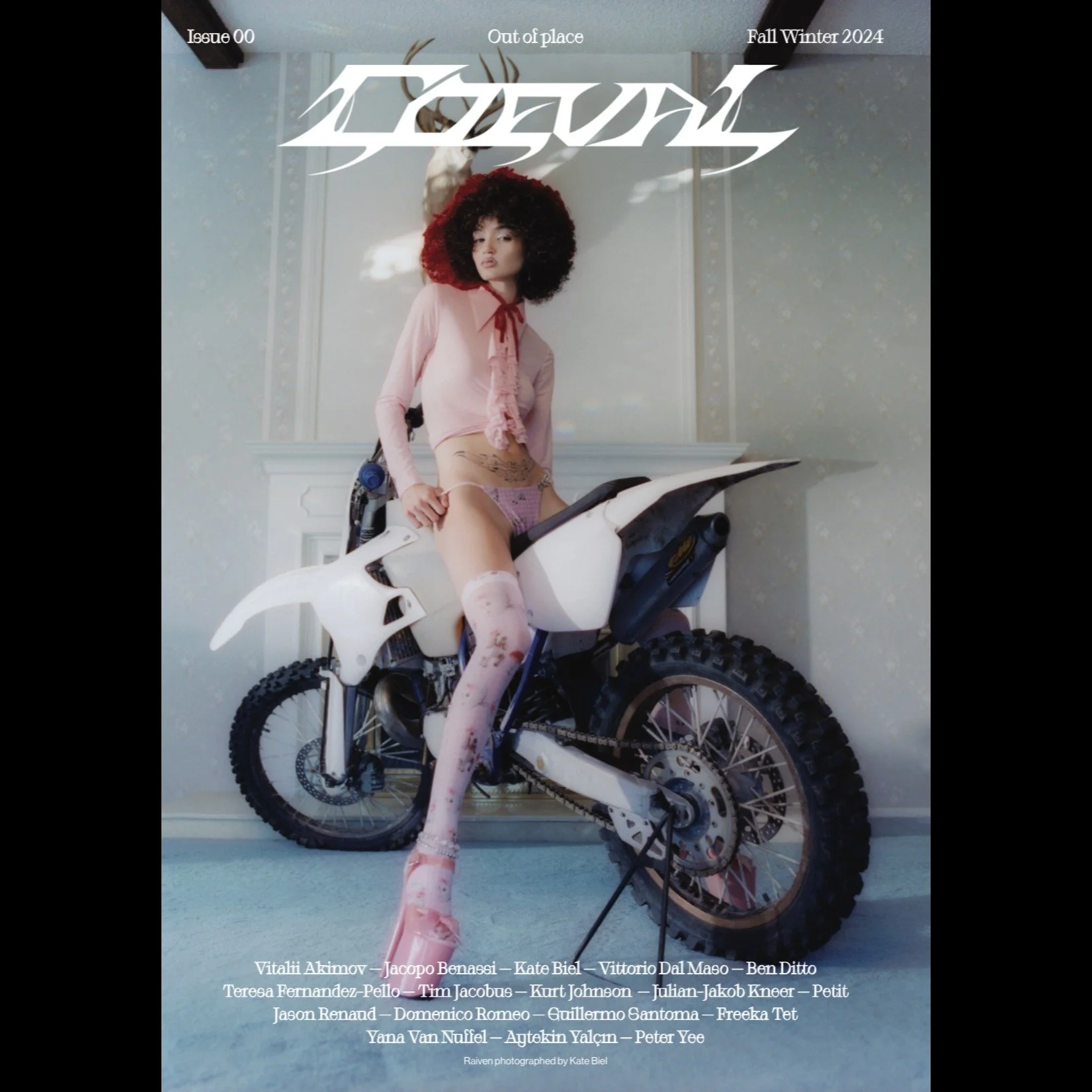Christian Hetzel
Can you tell us something about your personal creative background and in which way that influenced your artistic development?
I can’t really answer where exactly my artistic side stems from. Creativity in the form of drawing and later expressed through painting was already manifested during my childhood. I probably had some ability in dealing with a pen and a brush, which was already confirmed to me in my first report card. In the course of my personal development there was also a certain aesthetic sense of timeless classic design (Bauhaus), architecture and art strengthened style which has influenced my artistic development until today.
Is there a connection between your artistic work and where you come from?
My artistic work is less dependent on where I come from, but more from where I do my work. Most of my works are a reflection based on impressions of my immediate environment in which I’m currently staying. The same applies for the used materials or artifacts that I use as a base for my objects.
When does the creative process begin when you're in front of a canvas, does everything start in a spontaneous and intuitive inception from an abstract base or do you prefer to follow a project that you’ve previously worked on?
I have an issue with both replies. My recent work is planned in terms of color and composition, but always with a clearance of change during the image creation, if I deem it necessary. On the other hand, there are works that started with a completely open base and weren't analyzed until later and planned to be reworked.
Which one among the different techniques do you personally prefer to use?
I don’t have a technique, which I specially prefer. I use techniques, which I need to create for a work at the moment or I develop new ideas and techniques, which I also combine with previously used techniques.
Has there been an evolution in your style of painting and moving towards different techniques, for instance regarding mixed media art?
I think, I've always experimented with different materials, sometimes successfully, sometimes less successful. However, most of my early works were more prepared with one or two media usually acrylic paint, oil or gouache. Today, there are no limits. I work a lot with different materials and mixtures of them, which you can muster properly on a canvas or a board and I sometimes also use the ones that aren't really suitable for a canvas but are very interesting, like concrete.
Which techniques that you have been using, have characterized the mixed media art in your work?
Mixed media means my analog work. Besides paint, I sometimes use interesting natural materials that I find in my immediate environment, such as clay, earth, ashes, wood chips, sand and plant fibers. I also find a big interest in creating different surfaces with materials such as concrete, cement, plaster or bitumen. In addition to the classic painting, I'm working with digital media or mergers of both worlds when necessary to realize my ideas without restrictions. This technique, usually prepared by analogously paper works, serves as a basis for my ‘Intermedial or transmedial works'. These usually analogue painted works are photographed and then digitally modified by an image editing program.
How do you combine your life-style and painting with the expression 'less is more' with a very different pictorial style based on different textures and colors?
With the attitude 'less is more' I mean concentrate on the important things in life that do you good and free yourself from the ballast or big goals that can’t be reached. This attitude can also become a project within my working process. While painting I try to keep myself away from the commercial structures, use less tools and enormous art supplies and instead work with my own tools and methods or self-made materials. Less, doesn’t necessarily mean to reduce the variety of different pictorial styles or visual compositions, but rather to minimize the overloading of an image with bold bright colors and put the focus on the few in color or interesting surface structures. In times of overload of visual impressions and quick pictures, it could be a boom.
Is there any artist you have been inspired by? What are your directions in terms of creativity in contemporary art at the moment?
I have not special reserved models of famous painters or art styles, but I like the harmonic colorfield paintings from Rothko, the abstract paintings from G.Richter, reduced paintings from Ryman, Rauschenbergs white paintings, Soulages, Hartung, Leo Erb and some Zero artists like Uecker or Fontana.
The analog and minimal aesthetic paintings and sculptures remains interesting for me, despite or perhaps because of the increasing digitization within the contemporary art market. In my opinion, no multimedia or video installation can replace the large-scale works of Rothko, Kiefer or Serra. An impressive painting or sculpture have an incomparable aura and something lasting. My main directions stay within painting. I also find intermediate forms of painting and object art exciting.
Floating Blue, 2015
Bluue Paper Sheets, 2014
Bild 1333 White Blue, 2014
Zero 01, 2013
White Grey, 2013
Grey Line, 2014
Crossing C06, 2011
In Balance 2013
Interview by Irene Meneguzzo
Courtesy of the Artist
Christian Hetzel
http://christian-hetzel.tumblr.com
“❤️ Support Coeval ! 🔥 Have a look at the y2k20 e-store we just launched with tees and hoodies that explore subcultures including metal, cyberpunk, techno and hardcore music generations. 😋 ➡️
”
What to read next


















